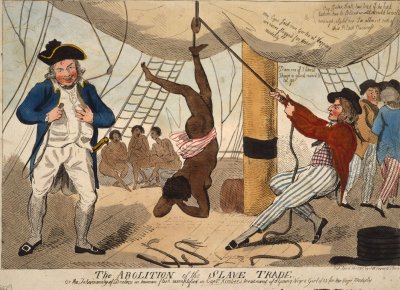Killing Black Women: Capital Punishment During Slavery
WARNING: This is going to be an emotionally disturbing post so please be advised…
Friends of mine know that I am fascinated by the history of U.S. slavery. In particular, I am obsessed with knowing everything that there is to know about the Underground Railroad. This period intrigues me greatly because I care a lot about freedom struggles and resistance to oppression.
I have spent the past couple of years working on a personal project that is focused on the Underground Railroad. As part of this, I have been reading a lot about slavery. Most recently, I came across a terrific essay by David Baker titled “Black Female Executions in Historical Context.” This is an area that I knew very little about but the article was illuminating, wrenching, and informative.
Beginning with Massachussetts’s execution of Maria, a young slave woman, for arson-murder in September 1681, officials executed 58 slave women before 1790 and 126 slave women from 1790 to emancipation. Virginia alone accounted for 38% of all female slave executions. These are only the executions that could be documented because as Baker points out:”undoubtedly, authorities executed far more slave women than what the historical record reveals (p.66).”
It turns out that most of the black women who were executed in the era of slavery had killed their white masters. According to Baker, “slave women mostly strangled, clubbed, stabbed, burned, shot, poisoned, or hacked to death their White masters, mistresses, overseers, and even their owners’ children (p.66).” Poisoning and arson were the most prevalent methods slave women used to kill their oppressors.
The arm of “justice” came down hard on these slave women who chose to resist their oppression by killing their white owners. “Virginia executed Jane Williams in 1852 for slashing to death with a hatchet her master’s wife and infant. Reportedly, Jane’s owner mistreated her badly and had threatened to sell Jane without also selling her child (p.67).” One can only imagine the anguish that Jane felt in terms of the daily abuse and indignity of her existence, the final straw had to have been the prospect of being sold away from her child.
“Virginia authorities burned alive Eve for poisoning her master Peter Montague with a glass of milk. Executioners afterward quartered Eve’s burnt body and displayed it publicly (p.66).” There is no information as to why Eve killed her master but we could certainly imagine her motives. Sexual control over slave women by white owners was critical to slavery and white owners relied on the routine sexual abuse of slave women as much as they did other forms of brutality. “One southern planter vulgarly declared that White rape of slave women explained the ‘absence of Southern prostitution and the purity of white women (p.72).”
Slave women often reacted violently to the sexual violence.

“Seventy-year old Robert Newsome bought 14-year old Celia and forced sexual relations on her immediately and repeatedly. One night when Newsome went to Celia’s cabin to abuse her, she struck him with a stick and killed him instantly. Celia was pregnant for the third time by Newsome and was very ill when he last approached her. At her trial, the court was concerned only with whether Celia had a right to defend herself against her master’s assault. The trial judge made it clear that Celia did not have that right. To the court, Celia had no sexual rights over her own body because she was Newsome’s property and she ought to have submitted to Newsome’s demands. Celia was guilty of murder and hanged 4 days before Christmas in 1855.”
These are not the stories that we are familiar with about slavery. That history has been sanitized and romanticized in a way that obscures its evil and its brutality. Reading about the cases of slave women who resisted their captivity by resorting to violence themselves is both jarring and strangely comforting. What do I mean by comforting?
In response to white oppression and brutality, the slave women exhibited the full gamut of human emotion and responses. Some obviously endured their lot in life, others ran away, others employed forms of symbolic resistance such as meandering, refusing to bring pregnancies to term, and finally some just decided to fight back by meeting violence with violence which sometimes meant killing their oppressors. Understanding this history is comforting because it humanizes slaves who are often portrayed as one dimensional when they are discussed at all.
Of the 165 slave women executions during colonial and antebellum slavery, some 48% involved multiple executions that occurred on the same day for the same crime. This means that slave women often acted in concert with slave counterparts in response to White oppression. Jurisdictions often imposed harsher punishments on slave women than their male co-conspirators; slave women often burned to death for their crimes whereas male co-conspirators hanged for the same offense.
The entire history of capital punishment for slave women is fascinating and provides a window into the way that black women were and continue to be viewed and treated in American society. Tomorrow I will discuss the evolution of capital punishment for black women into the present.
